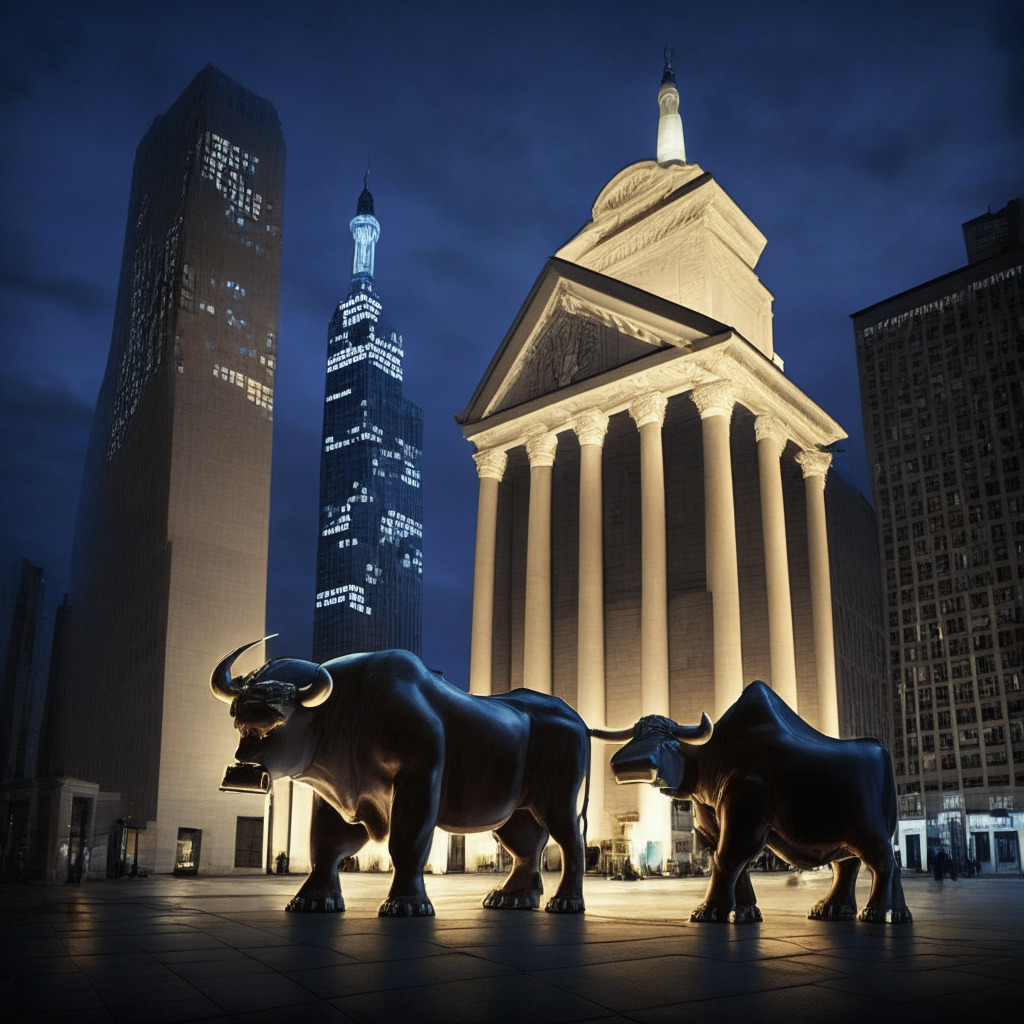In a season of robust predictions, a few voices among investment banks have concluded that the aggressive interest rate cycle set in motion by the U.S. Federal Reserve (Fed) last year has drawn to a close. This cycle upset the crypto market, with tentative signals that the ‘bull days’ of 2021 may be challenging to replicate. They contend that while zero interest rate policies may not see a rapid return, the Fed’s reluctance to support additional hikes should be seen as a positive signal.
Last July bore witness to the culmination of the Fed’s tightening, with a regulation-initiated rise in the Fed funds rate to the 5.25%-5.5% range since the preceding March. Although ING’s Chief International Economist does not expect any rash decisions from the Fed, he does note an intentional cooling of the labour market.
The likelihood of additional regulatory intervention has been complicated by a series of economic conditions. Given the announcements surrounding the U.S. Treasury funding, the 2.6% rise in the dollar index over the past three weeks, and the 4.10% rise in the 10-year Treasury yield, Knightley argues the case for a maintained status quo by the Fed. This is confounded by rising mortgage rates and corporate borrowing costs, further contributing to tightened financial conditions.
To further muddle the forecast, the Federal Reserve Senior Loan Officer noted an increase in tightened credit standards for commercial and industrial loans, from 46% to 50% in June. This, coupled with forecasts of additional tightening later in the year, only adds extra unpredictability to economic growth trajectories.
The Fed’s recent inflation-adjusted benchmark interest rate rise over 2% – the highest since 2007, symbolises a cautious optimism for financial enthusiasts. With inflation expected to stay on target at 2%, a potential halt to any further rate hikes looks plausible.
However, as with any silver lining, there’s a potential cloud. An end to this tightening cycle doesn’t necessarily herald a return of the bull market witnessed in 2020-21. During this period, the Fed, along with most central banks, took measures to rejuvenate the global economy in the midst of a pandemic, something that’s unlikely to be repeated anytime soon. Additionally, with monetary policies kept tight against inflationary pressures, the implications on asset class returns remain questionable. Despite this, enthusiasts remain cautiously optimistic in the face of cautionary skepticism by financial institutions.
Source: Coindesk




